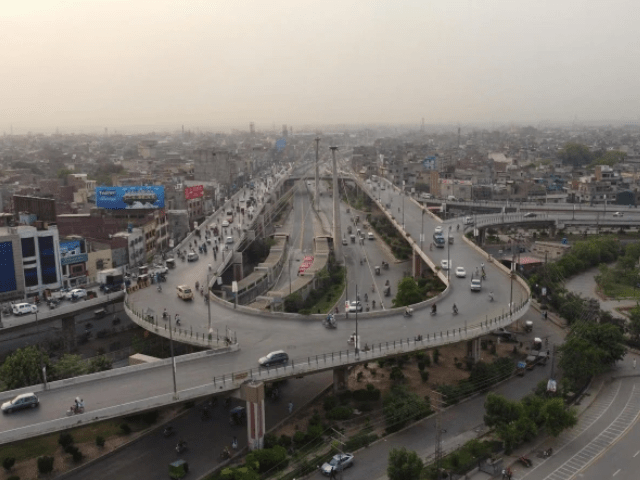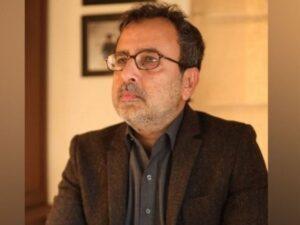Rising temperatures and uncontrolled urban expansion make life increasingly difficult for Lahores’ residents, experts warn as the city is experiencing an early and intense heat wave.
When Lahore was known for its various seasons, Lahore is now switching between smog and extreme heat, a shift accused of climate change and the city’s exploding population.
Pakistan Meteorological Department (PMD) has expected unusually high temperatures over the next 10 days, with daily heights expected to reach 40 ° C – well over the April norm.
Data from PMD show a stable increase in April temperatures in recent years and topped at 42 ° C in 2022. This year the city is on its way to match or exceeding these extremes.
Environmental researchers say the increase in temperature is linked to mass forest and construction. Between 1990 and 2020, much of Lahore’s green surroundings gave room for concrete and asphalt. From 2010 to 2017, the city lost 70% of its wood cover.
The Punjab Urban Unit reports that Lahor’s built-up area has almost doubled for two decades-from 438 to 759 square miles-in-the-green space now accounts for only 2.8% of the total country.
This rapid development has triggered what experts describe as an “urban heat island effect” where buildings and weigh traps heat during the day and releases it slowly at night and keep the temperatures elevated.
PMD together with environmental scientists quotes global warming, loss of vegetation, industrial emissions and defective urban planning as key contributors to worsening heat waves.
Provincial disaster authorities have issued heat security advice that encourages residents to avoid going outside from 1 p.m. 11 to 16, remain hydrated, wear light clothing and monitor vulnerable individuals. In case of symptoms such as dizziness or nausea, medical assistance must be sought immediately.
Experts emphasize that although these guidelines can offer temporary relief, Lahore needs long -term climate -sillless urban planning. Solutions include the preservation of existing green surroundings, mass tree plantation drives and integration of climate considerations into urban development plans.
Without urgent actions, researchers warn, extreme heat can become the new normal in cities such as Lahore that threaten public health, agriculture and the urban economy.



